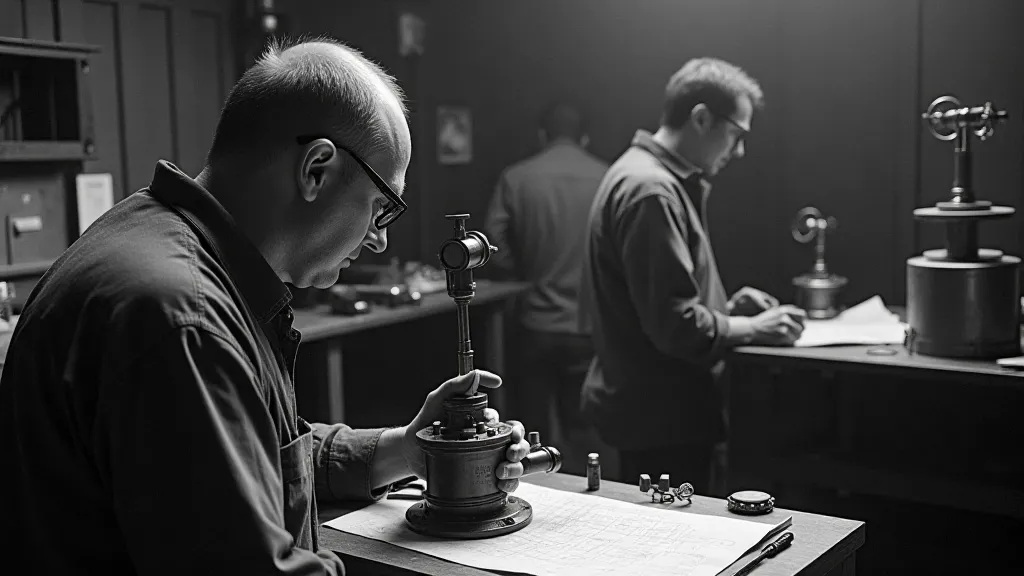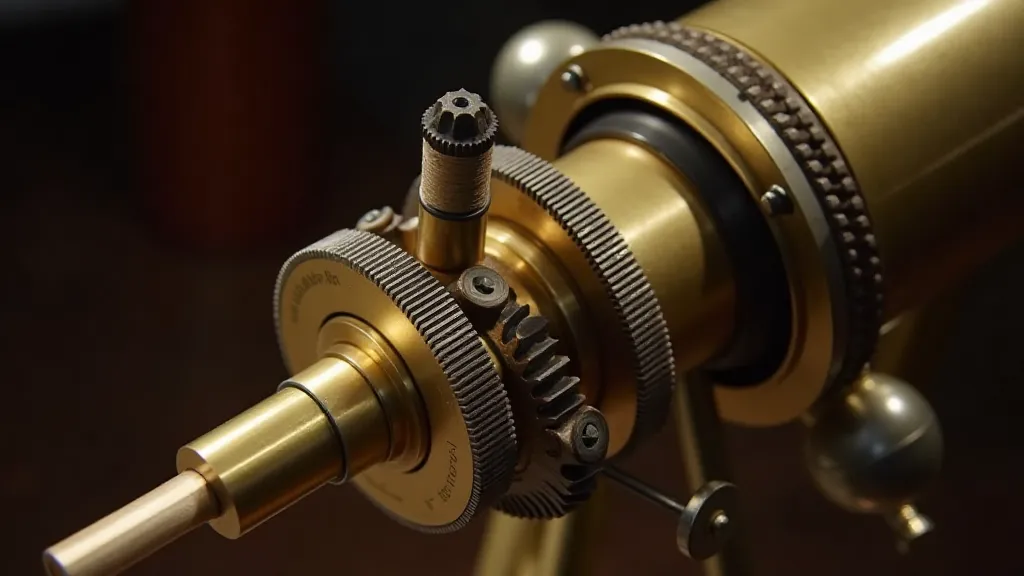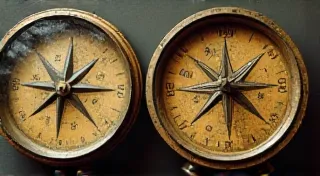The Celestial Cartographer: How Mounts Shape Your Cosmic Journey
There's a particular resonance to old things. Not simply the aesthetic charm – though the patina of age certainly holds its own appeal – but the feeling that you’re connecting with hands long gone, with stories whispered across decades. It’s a sensation I feel acutely when I hold a beautifully restored antique accordion. The craftsmanship, the intricate mechanics, the sheer dedication of the maker, all etched into the wood and metal. It’s a similar feeling that strikes me when I consider telescope mounts. They are, often overlooked, the silent architects of our cosmic journeys, the mechanisms that allow us to pierce the veil of darkness and chart the heavens.
Most beginners, understandably, fixate on the optics – the aperture, the focal length, the promise of sharper images of Jupiter’s moons or the swirling arms of the Andromeda galaxy. But a telescope, however well-made, is essentially useless without a reliable and appropriate mount. Think of it as the foundation of a house; a magnificent structure can collapse without a solid base. A wobbly mount will transform a potential masterpiece into a frustrating blur, a source of endless adjustment and disappointment.

The Evolution of Support: A Historical Perspective
The history of telescope mounts is deeply intertwined with the evolution of astronomy itself. Early telescopes, like those built by Galileo, were often supported by rudimentary stands or simply held in the observer’s hands. Imagine trying to hold a fragile glass tube steady enough to observe the phases of Venus! These early methods were wildly impractical for anything beyond brief observations. The first significant leap forward came with the development of the altazimuth mount.
Altazimuth mounts, as the name suggests, allow movement in two axes: altitude (up and down) and azimuth (left and right). They are relatively simple to construct, and for centuries, they were the standard for astronomical observing. However, they suffer from a significant drawback: as the Earth rotates, an object tracked on an altazimuth mount will appear to move in a complex, non-linear path across the sky. This requires constant adjustments to keep the object centered in the eyepiece – a tiresome and impractical process for long observing sessions or astrophotography.
The next major innovation was the equatorial mount. These ingenious devices are aligned with the Earth’s axis of rotation, allowing them to track celestial objects with a single, smooth motion. The concept isn't entirely intuitive; it relies on the principle that if your mount mimics the Earth’s rotation, the target object will appear stationary. Early equatorial mounts were often handmade, incredibly precise instruments, often requiring careful adjustments and fine-tuning. They represent a remarkable feat of mechanical ingenuity and a profound understanding of celestial mechanics.
Modern Mounts: A Spectrum of Options
Today, a staggering array of telescope mounts are available, catering to every level of observer and budget. From basic altazimuth mounts for beginner astronomers to sophisticated GoTo mounts capable of automatically locating and tracking thousands of celestial objects, the choices can be overwhelming. GoTo mounts, in particular, have revolutionized amateur astronomy, making it possible for beginners to quickly find and observe even faint and distant objects. But their automated nature also removes a certain element of discovery, the feeling of actively searching for and locating a target.
There's a deep satisfaction, I’m convinced, in manually finding a faint nebula through the inky blackness. It's a tactile, almost primal connection to the cosmos that automated systems can’t replicate. And even with modern technology, understanding the underlying principles of how a mount functions is crucial. Knowing how to polar align an equatorial mount, for instance, or understanding the limitations of a particular tracking rate, empowers you to become a more skilled and knowledgeable observer.

Beyond Mechanics: The Feel of a Mount
Beyond the technical specifications – the load capacity, the tracking accuracy, the GoTo functionality – lies a more subtle aspect: the *feel* of a mount. A well-engineered mount should move smoothly and precisely, offering a sense of control and responsiveness. A jerky or noisy mount can detract from the observing experience, making it difficult to appreciate the beauty of the cosmos. And let’s be honest, a robust, well-balanced mount simply *feels* good to use. It inspires confidence and allows you to focus on the wonders of the night sky.
There’s a similar aesthetic to it that I find in old musical instruments. The way a worn violin responds to a skilled player’s touch, the subtle nuances of tone that emerge from decades of use - that’s akin to the tactile connection you can forge with a finely made telescope mount.
Restoration and the Appreciation of Craftsmanship
For those with a penchant for restoration, older telescope mounts offer a fascinating challenge. Many antique mounts were built with exceptional craftsmanship, utilizing high-quality materials and intricate designs. Restoring a neglected mount can be a rewarding experience, bringing a piece of astronomical history back to life. It requires patience, skill, and a deep appreciation for the ingenuity of past generations.
The principles are much the same as restoring an antique accordion; meticulously cleaning components, replacing worn parts (if necessary), and ensuring smooth and accurate operation. There’s a tangible sense of connection to the original maker, a feeling of participating in a lineage of craftsmanship that spans decades or even centuries.

A Cosmic Partnership
Ultimately, a telescope mount is more than just a mechanical support; it's a crucial partner in your cosmic journey. It's the gateway to the wonders of the night sky, the facilitator of countless hours of observing, and, for some, a symbol of the enduring power of human ingenuity. Whether you're a beginner just starting out or an experienced astrophotographer, taking the time to understand and appreciate the role of your telescope mount will undoubtedly enhance your observing experience and deepen your connection to the universe.





